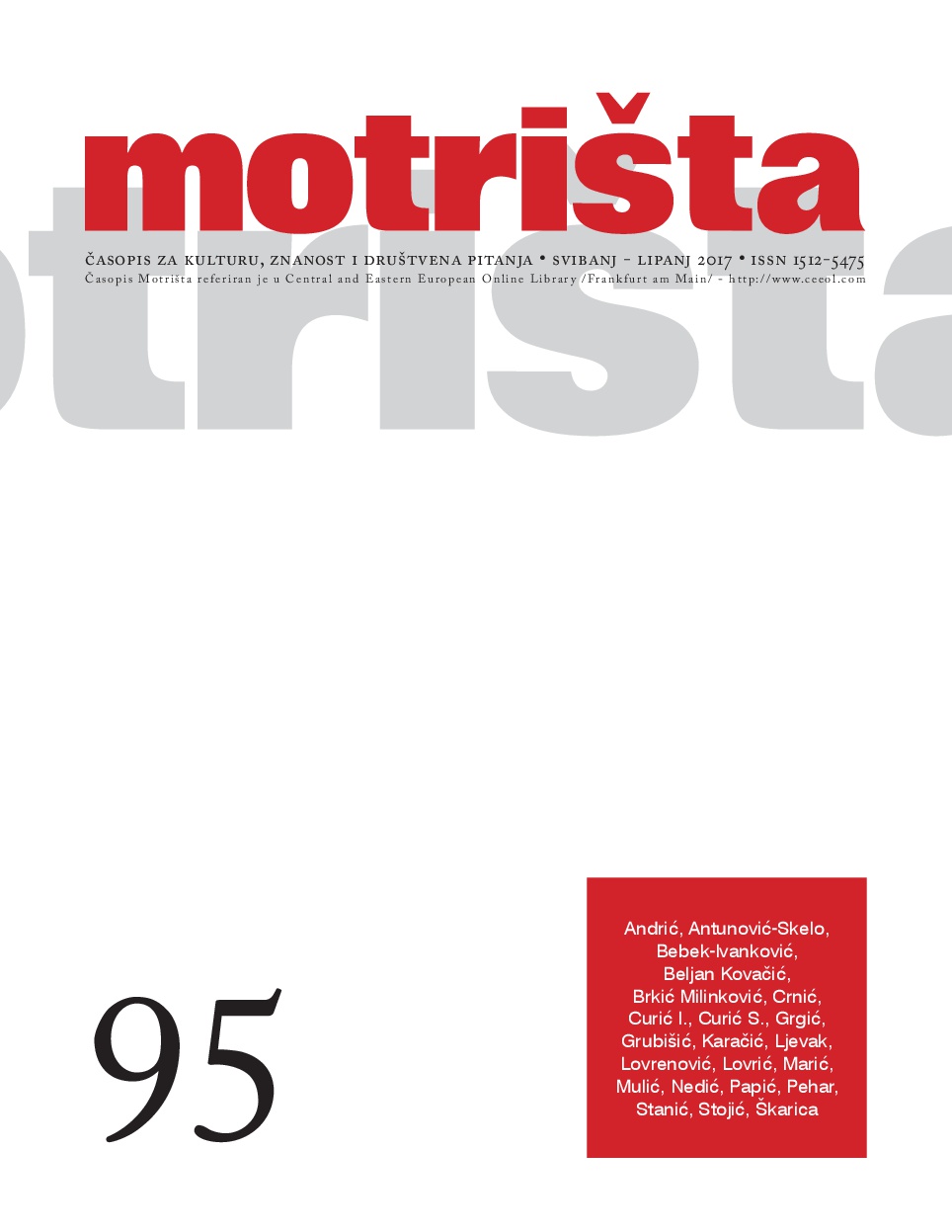
İNGİLİZ ARŞİV BELGELERİYLE KARADAĞ’IN OSMANLI HÂKİMİYETİ İÇİNDEKİ YERİ
As its strategic location, geography and economy were not given so much importance, Montenegro, under the realms of Otoman Empire following 1496, was not taken into consideration and interfered in its social life as long as it paid its taxes regulary. The position of Montenegro in Ottoman Empire was begun to be discussed in parallel with the transition from tribal life to govermental life and the rebellions aimed politically. Following the beginning of XIX. century, the issue of Montenegro turned out to be an important problem, this issue was discussed in many Congress. Despite not given importance even by historians, the examine of the problem of sovereignty Montenegro which was brought out at every opportunity and carried the international stage will be discussed from time to time. This issue will be examined by using Ottoman archive and British archive sources. Archives which obtained from Foreign Office Archive in London will be put as Annexes.
More...











